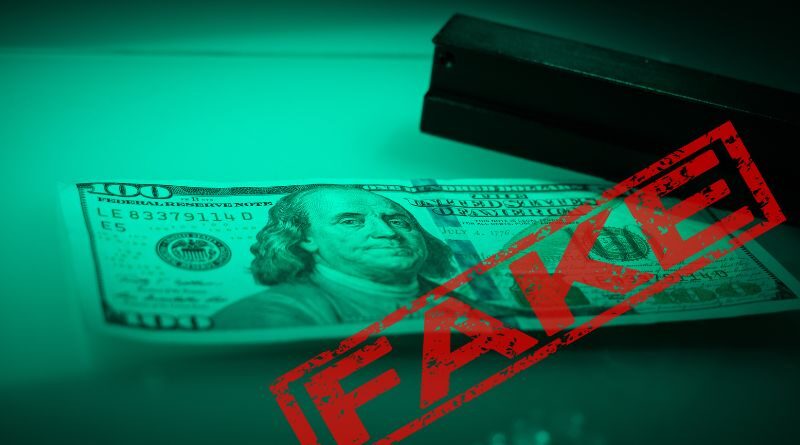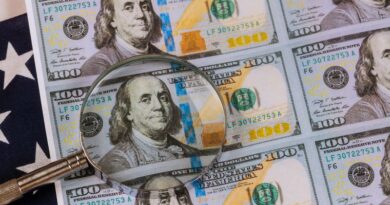Detecting Counterfeit Money: 8 Ways to Tell if a Bill Is Fake
You may have never thought you’d need to know how to spot counterfeit money, but the truth is that counterfeit bills do still exist, and it can be hard to tell if you’ve been given one. If you work in retail or if you regularly interact with cash, knowing how to detect counterfeit money can help you keep your store safe from being ripped off and can protect you from being short-changed on your own purchases. Here are 8 ways to tell if a bill is fake and what you should do about it if it turns out it is not real.
1) Check The Thickness
The United States government has set guidelines for the thickness of paper currency, and the rule is that it can’t be any less than 1/32 inches. Bills that are too thin may be counterfeit. One way to test this is by comparing bills from one denomination with other denominations–if they’re significantly thinner or thicker than others of the same type, they may not be authentic.
2) Look at the Paper
#1The paper may be raised and/or bumpy. This is because the quality of counterfeit money is usually not as high as that of real money.
#2- Dye packs, now commonly found in larger denomination bills (100 dollar bills or higher), should always be thoroughly checked for signs that the pack has been activated.
#3- When tilted at an angle, fine lines may appear horizontally across a bill.
3) Feel the Ink
As you hold the bill, flip it over. The new bills have three strips. Use your finger and rub one of the strips; you will feel the watermark (text printed onto the bill). If your fingers just glide across this text with no bumps or texture in any part, then there is a good chance its counterfeit money. Another way to know is by using a black light on your cell phone.
4) Check the Holograms
Many people think that counterfeiters can print actual copies of the bills and that there’s no way for them to detect a fake bill. However, there are ways in which you can tell an authentic from a counterfeit bill. If you hold the bill up to the light, then you should be able to see that there’s more copper on top and ink on the bottom.
5) View from Both Sides
Counterfeiting is an unfortunate reality in our society today. Some people find it hard to spot the difference between fake money and authentic bills, but with these helpful tips and tricks, you’ll be able to detect counterfeit money.
6) Check for Photoshopping
Often, counterfeit bills are doctored with Photoshop. One of the easiest ways to check for Photoshopping is with online image editors such as Pixlr and Gimp. To do this, upload your image on either side and rotate the image until it is upside-down. Notice any straight lines or inks? Next, open the editing software and place an eye dropper over one of these lines. If the line shifts colors, this may be due to some kind of editing processes like Photoshop or MS Paint.
7) Hold Against Light
This method is old school, but it’s worth trying. Hold the bill up to artificial light (daylight will work in a pinch) and see if there are watermarks or designs on the other side of the bill. If the hologram does not match up with what it should be, then that’s your sign you’re dealing with counterfeit money.
8) Conduct an Ink Test
The ink test is one of the easiest ways to detect counterfeit money because it can quickly identify bills that are fake and are made from much lower-quality paper. To do this, use a cotton swab or Q-tip and apply just enough alcohol (rubbing alcohol will work) to cover the bill. After 30 seconds, compare the liquid on the bill with another in your hand.




